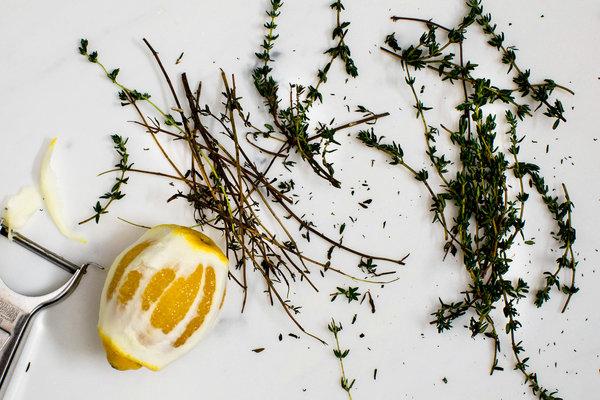Ah, the ever-troublesome chicken breast. Many shun it for being dry, tasteless and boring. Others choose the breast (preferably without skin or bone) and disdain the darker meat of the leg and thigh.
To be truthful, I’m in the dark meat camp for the most part, but I also welcome properly cooked, flavorful white meat on my plate. And therein lies the problem: A chicken breast like that is hard to come by.
Overcooked chicken breast has become standard fare. In restaurants, a certain type of diner chooses a plain chicken breast as the option least likely to offend or raise dietary fears. With no fat, no sauce and very little, if any, seasoning, the chicken breast supplies a guilt-free, bland protein; adding a few slices to a dressing-on-the-side salad feels virtuous.
It doesn’t have to be that way! I’m here to proclaim that it’s possible — and not difficult — to produce a tender chicken breast that gets raves. I do it all the time, and friends always ask for the secret. There’s no secret, but there is one rule: Don’t overcook it.

The chicken is marinated with lemon zest and thyme.CreditAndrew Scrivani for The New York Times
One way to achieve the ideal chicken breast is to make it the same thickness end-to-end (in its natural state, it is tapered). To do so, you can pound the breast into a paillard, which is the French term for a thin slice of meat that can be quickly cooked.
Season each paillard on both sides with salt and pepper, and sprinkle with a little chopped thyme. Drizzle on a little olive oil, and let it marinate with a few thyme sprigs and some strips of lemon zest.
Pounded so thin (I prefer a 3/8- to 1/2-inch thickness), the paillards will take just a few minutes on the stovetop to cook, followed by a few minutes in the oven. Letting the cooked meat rest for five minutes ensures that the breasts will be fully done, but not dry.








